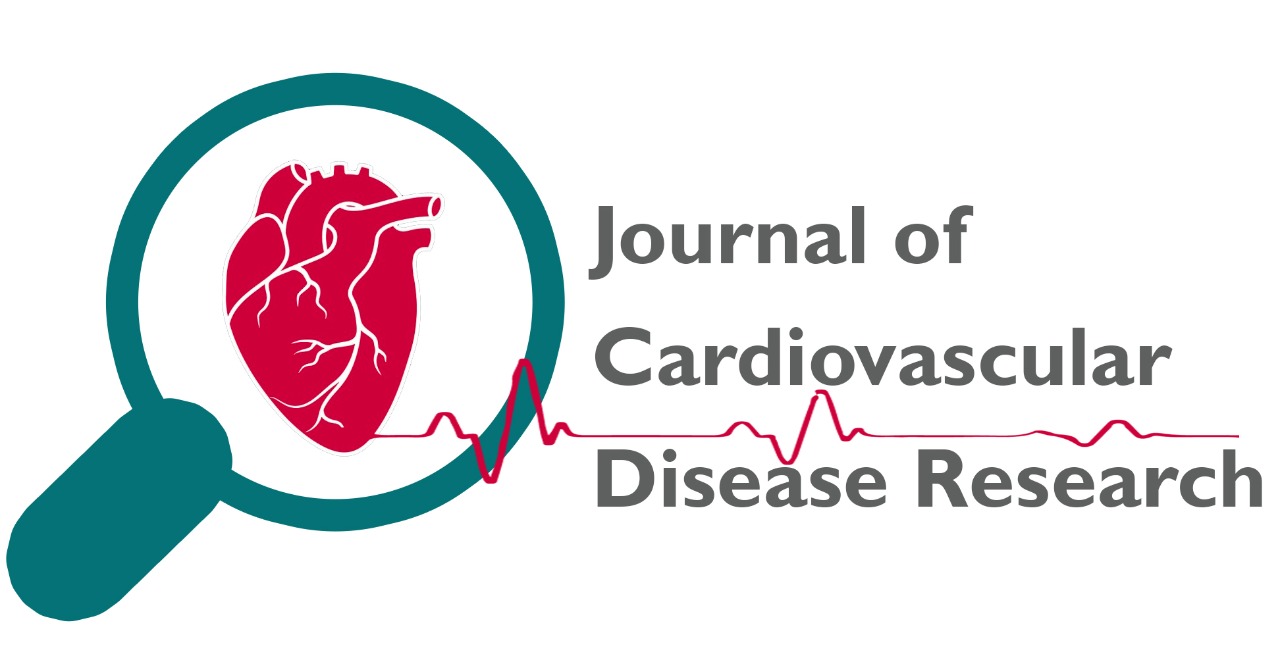
Management Of Cardiac Disease In Cancer Patients Throughout Oncological Treatment
Dr.Anand kumar
JCDR. 2011: 278-285
Abstract
Cancer and cardiovascular (CV) disease are the most prevalent diseases in the developed world. Evidence increasingly shows that these conditions are interlinked through common risk factors, coincident in an ageing population, and are connected biologically through some deleterious effects of anticancer treatment on CV health. Anticancer therapies can cause a wide spectrum of short- and long-term cardiotoxic effects. An explosion of novel cancer therapies has revolutionised this field and dramatically altered cancer prognosis. Nevertheless, these new therapies have introduced unexpected CV complications beyond heart failure. Common CV toxicities related to cancer therapy are defined, along with suggested strategies for prevention, detection and treatment. This ESMO consensus article proposes to define CV toxicities related to cancer or its therapies and provide guidance regarding prevention, screening, monitoring and treatment of CV toxicity. The majority of anticancer therapies are associated with some CV toxicity, ranging from asymptomatic and transient to more clinically significant and long-lasting cardiac events. It is critical however, that concerns about potential CV damage resulting from anticancer therapies should be weighed against the potential benefits of cancer therapy, including benefits in overall survival. CV disease in patients with cancer is complex and treatment needs to be individualised. The scope of cardio-oncology is wide and includes prevention, detection, monitoring and treatment of CV toxicity related to cancer therapy, and also ensuring the safe development of future novel cancer treatments that minimise the impact on CV health. It is anticipated that the management strategies discussed herein will be suitable for the majority of patients. Nonetheless, the clinical judgment of physicians remains extremely important; hence, when using these best clinical practices to inform treatment options and decisions, practitioners should also consider the individual circumstances of their patients on a case-by-case basis.
Description
Volume & Issue
Volume 2 Issue 4
Keywords
|
This is an open access journal which means that all content is freely available without charge to the user or his/her institution. Users are allowed to read, download, copy, distribute, print, search, or link to the full texts of the articles in this journal without asking prior permission from the publisher or the author. This is in accordance with the Budapest Open Access Initiative (BOAI) definition of open access.
The articles in Journal of Cardiovascular Disease Research are open access articles licensed under the terms of the Creative Commons Attribution Non-Commercial License (http://creativecommons.org/licenses/by-nc-sa/3.0/) which permits unrestricted, non-commercial use, distribution and reproduction in any medium, provided the work is properly cited. |
|
|
|
|
|
Copyright � 2022 Journal of Cardiovascular Disease Research All Rights Reserved. Subject to change without notice from or liability to Journal of Cardiovascular Disease Research.
For best results, please use Internet Explorer or Google Chrome POLICIES & JOURNAL LINKS
Author Login
Reviewer Login About Publisher Advertising Policy Author's Rights and Obligations Conflict of Interest Policy Copyright Information Digital Archiving & Preservation Policies Editorial Policies Peer Review Policy Editorial & Peer Review Process License Information Plagiarism Policy Privacy Policy Protection of Research Participants (Statement On Human And Animal Rights) Publication Ethics and Publication Malpractice Statement Corrections, Retractions & Expressions of Concern Self-Archiving Policies Statement of Informed Consent Terms of Use |
Contact InformationJournal of cardiovascular Disease Research,
|




